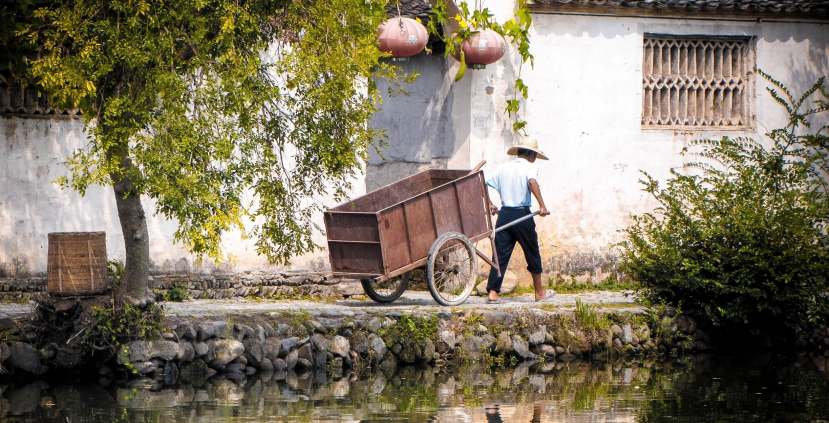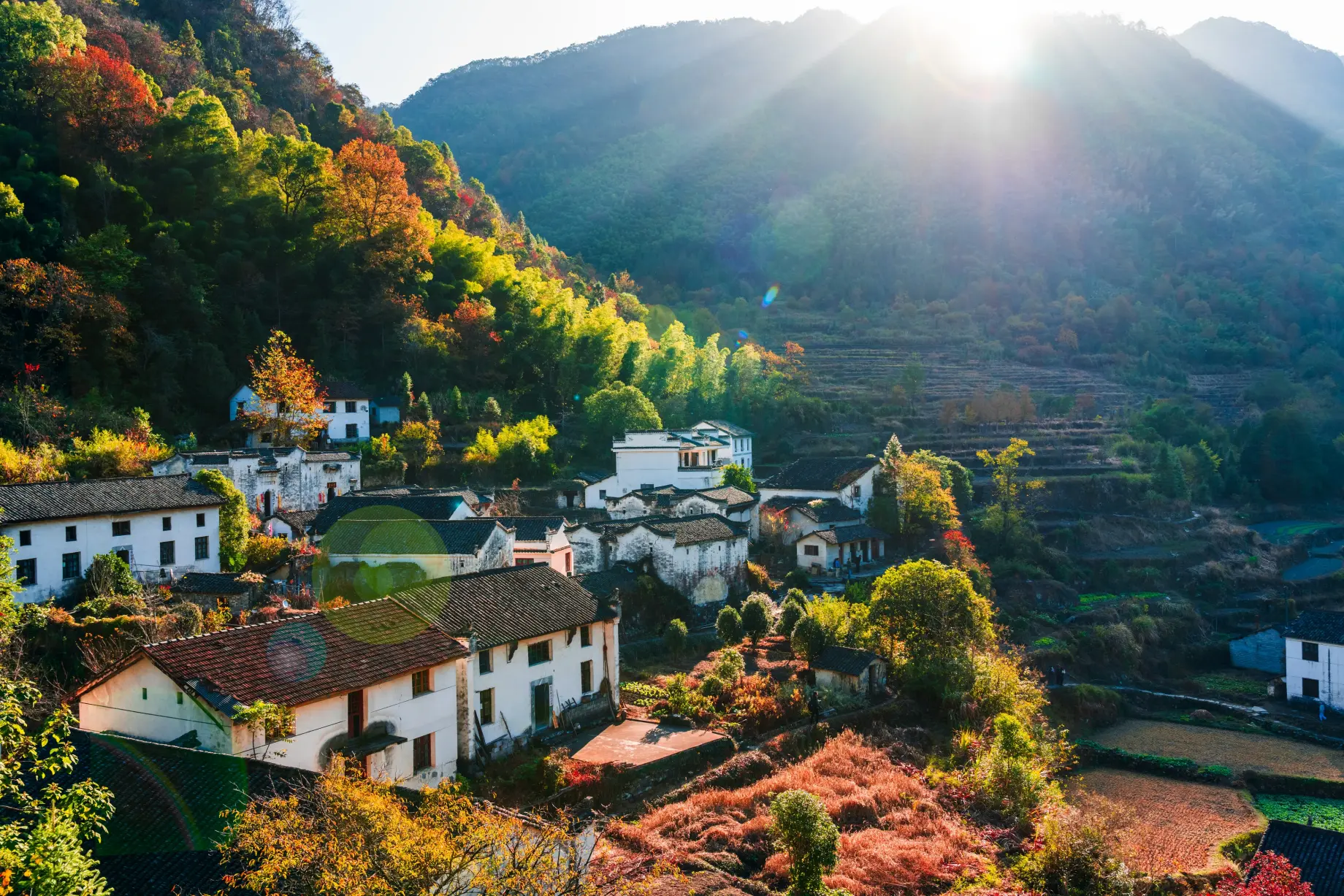
I cannot get my head around China’s vastness. The numbers are staggering. There are 8.5 billion people, with 3 ¼ million square miles of landmass. The last time I visited, I took a trip with an upmarket tour operator to Shanghai and Beijing, which was excellent, but on the flight back, I met a group who had ‘done’ China in a month. They looked punched drunk. You cannot do one Province, let alone one country, in a month. But Anhui China is a province that offers one of the world’s largest countries in miniature, so to speak.

Anhui is one of the smallest provinces, stretching 350 miles from north to south; it is small by Chinese standards and has a population of over sixty million. Anhui province sits on the eastern side of China and is – according to the local government who hosted my trip, the birthplace (their words, not mine) of modern tourism in China. The Province of Anhui is home to three World Cultural and Natural Heritage sites, three UNESCO Cultural Heritage locations, and hundreds of villages, towns and cities of cultural significance. There’s a good train system, but the best way – for the moment at least – is to travel with a tour operator and group; the Chinese love their own country and visit places almost in tick-box fashion – see, tick, and move on. If you don’t want to go at that pace, its challenging because the ‘peaceful’ of peaceful beautiful may elude you if you choose to visit on holidays.

The place is well-named. This region has a peaceful beauty when you step out and away from the crowds. In the capital Hefei, the bright lights are far away from the cultural red tea lights of Hongcon – and there are many other villages to visit, Xinghua and Xidi – the latter of which is another World Heritage Site, over 950 years old. There are many other striking and incredible mountains to climb – Jiuhua Mountain, known as the most beautiful place south of the Yangtze River, Tianzhu Mountain, its main peak standing so tall it looks as though it’s holding up the sky, but you can’t climb every mountain.

Anhui’s rural and urban landscapes have inspired blockbusters such as Hidden Dragon, Crouching Tiger and Avatar with its haunting mountain and ancient village landscapes, and is an easy journey from the UK, with a twelve-hour flight to Shanghai, changing for 1 ½ hours to Heifei, the metropolitan, buzzing, neon high rise capital of the region which translates into English as where rivers converge. It is the sort of place that makes you want to journal because you want to remember how you felt about what you saw rather than describe what you saw. This place that makes you challenge your perspective. It is not about the destination or the journey; it is about the culture. And that is the best sign of travel impacting the psyche when you don’t want to forget.

There are parts of the region which remind me of the Chinese version of Cotswolds. The village of Hongcon, where you walk through turnstiles to enter along a river (one of my colleagues asked if residents have to pay to get in. Our guide promptly responded no, they don’t), where students painted the reflected buildings so exacting the photographs I took (see pix) are almost a double take.
The narrow streets with red lanterns, green pillar boxes, and courtyards you want to peer through, some locals wearing T-shirt and jeans, others floating like Ophelia, albeit with mobile phone in hand. There are temples to visit, with their open courtyards and market stalls, which you’re never quite sure are for locals, tourists, or both – hence the Cotswold vibe.

Hongcun is a World Cultural Heritage Site, allegedly with a water system in the shape of an ox. Each house is connected by waterways, with layered courtyards, lakes, and a mountainous backdrop. Known as the village in Chinese paintings, there were seemingly hundreds of painters from the local colleges while I was there, so it lives up to the name.

Mount Huangshan is another UNESCO World Cultural and Heritage Site a World Geopark and one of the major attractions in China for domestic and overseas tourists. Along the Yangtze River, the Great Wall and the Yellow Rivers, it dwarfs America’s Grand Canyon in scale. It’s known for its five wonders: unique pine trees which jut dramatically out of rockface, striking shaped rocks which inspired Cameron and Avatar (remember when they flew around the stones in the original Avatar – see it for yourself here -, clouds which linger as though you can step out onto them (don’t try), hot springs and winter snow. While I was there, I noticed men carrying heavy loads up and down the narrow steps with old wooden planks across their shoulders. The more they have, the more they are paid, with amazing six-packed bodies. I didn’t witness the last two as I was there in the summer and didn’t have time to visit the springs.

And that can be the issue with visiting the region as per all regions in China. Although it is China in microcosm, the region is still vast. Everything is at least an hour away from the next. There is so much to see, so much space to cover. Although there are some things in museums which are written in English, it is a little haphazard and there’s an element of toddler tourism, as I call it – in that it is a bit clunky. They are eager to tell you how great the country/region/attractions are not so adept at showing you. There are also times when the best parts of the Chinese local history, as in the ancient museums, are a reminder of this is the China that was destroyed spiritually and materially by the current regime. And yet this is the one UK tourists at least will most connect.

